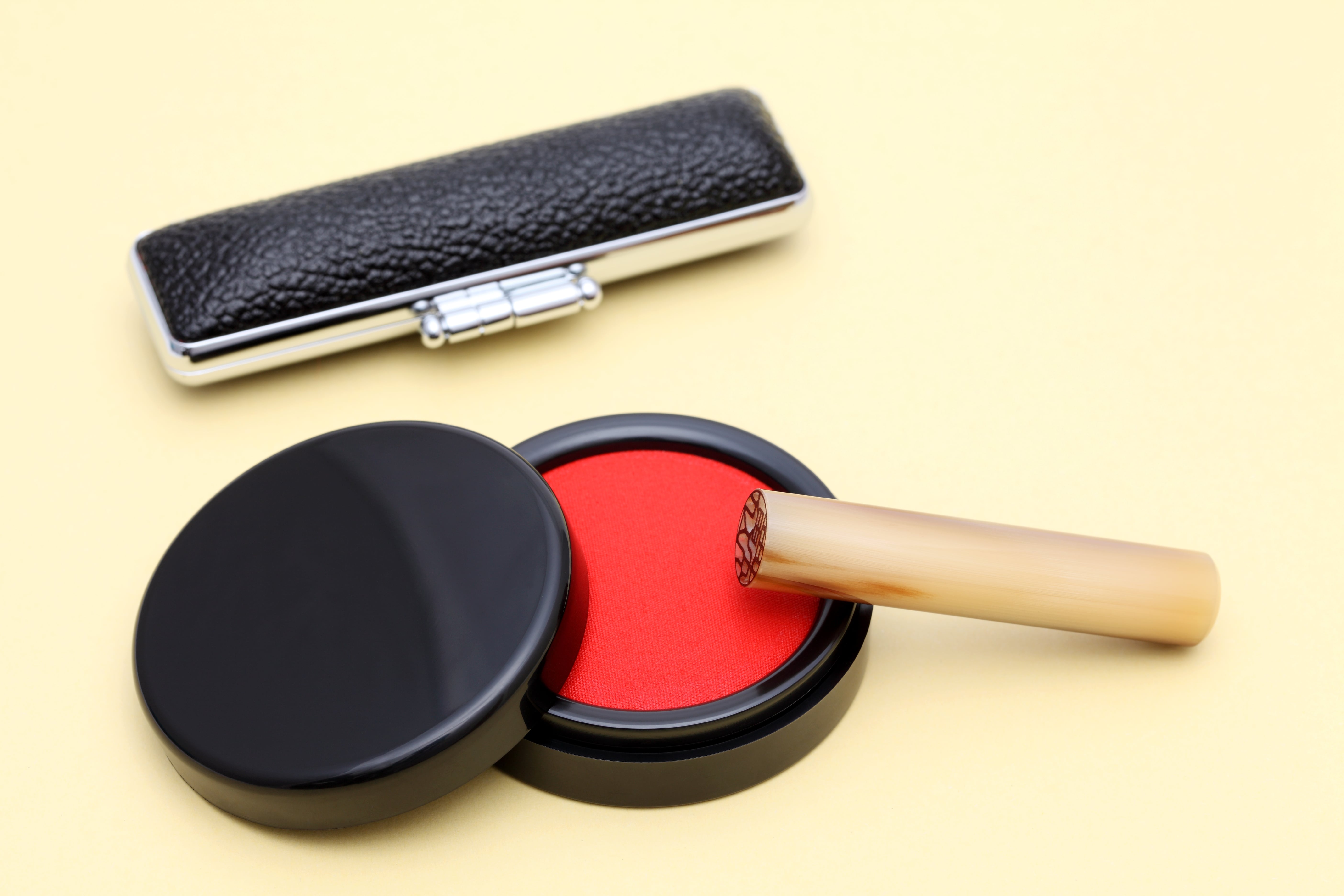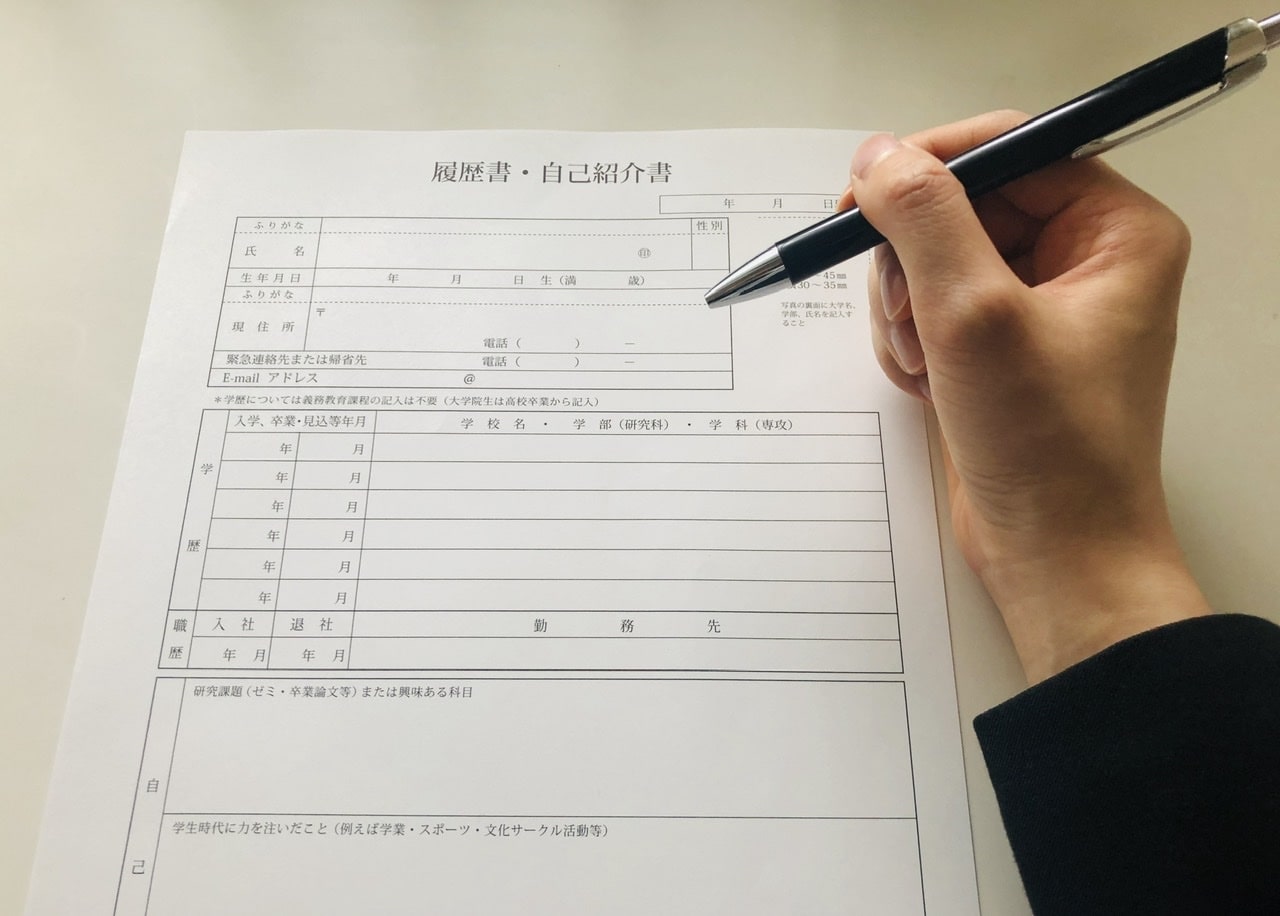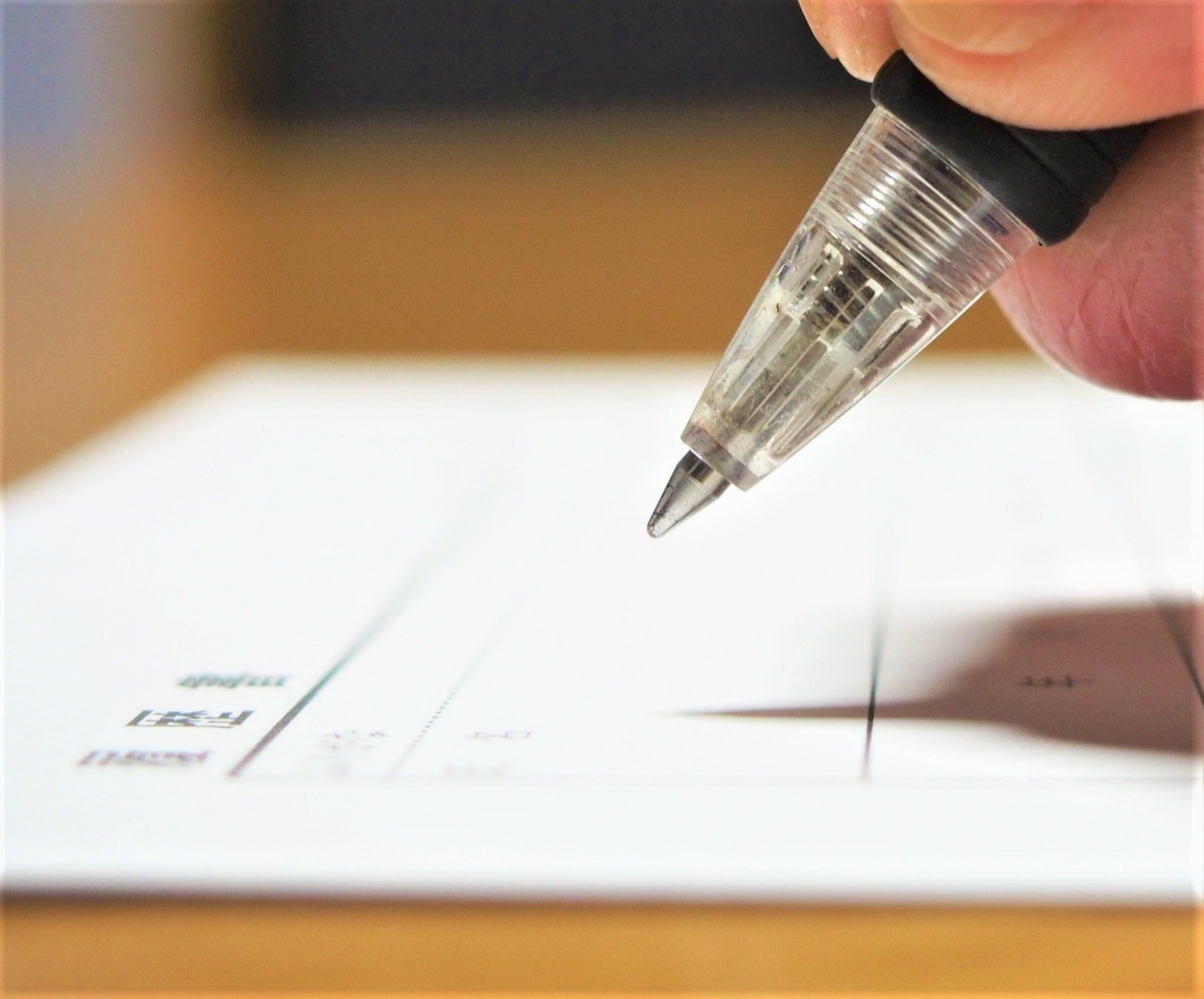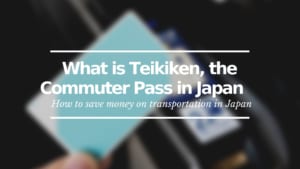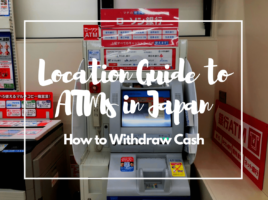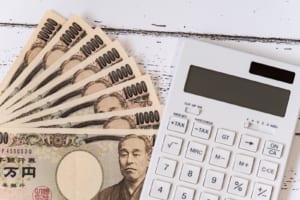Rirekisho: How to Write a Resume in Japan
Learn how to write a Japanese CV to apply for a job in Japan
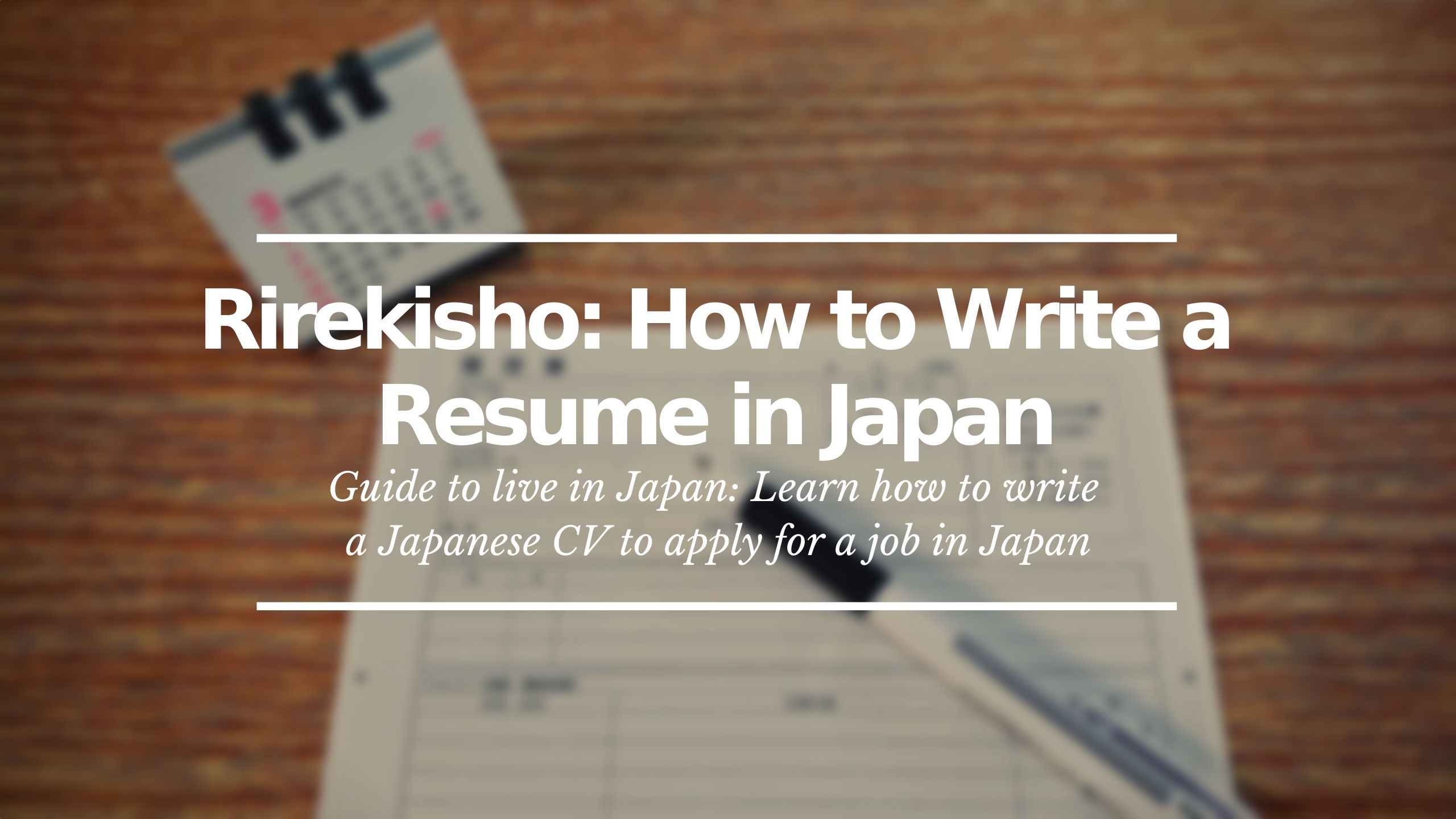
If you’re living in Japan and are looking for a job, it is most likely that you will need to write and hand in your resume.
A resume, or as it is called in Japan “Rirekisho” (履歴書), is an essential document you need to send or hand in in order to get a new job. This can be said for pretty much any other country in the world, but it is important to know that the Japanese resume can be very different compared to resumes in other countries.
Rirekisho is necessary in pretty much all cases that you’re applying for a new job in Japan. The good thing about this is that there is a predetermined format that is used for most of the cases, which means that even if you are applying for various different jobs at the same time, you won’t have to break your head worrying about document formats.
※There are very few exceptions though. If you’re applying for a foreign company or an English speaking job, they might ask you to hand in an English resume. But for the vast majority of cases, you’ll need to know how to fill in a Rirekisho.
So in this article, I will show you what you’re going to need beforehand, how to get templates, and of course, how to fill in your Rirekisho.
1. Things you need before applying for a job
It is important to know that before you go applying for jobs in Japan, there are a few things you need to have done.
First of all, you need a Visa. To be able to get a job in Japan, you will need either a “Spouse visa”, a “Permanent visa”, or a “Work visa”.
If you have a “Student visa” or a “Designated activities visa”, then you will also need a special authorization to work.
Another thing you will need is a Japanese stamp or “Hanko” (判子). In Japan, Hanko is more used than regular signatures for formal documents. You will need to go to a Hanko shop and order it, and then you will need to register it. All of this should take you less than 3 days in total.
2. Full-time job or Part-time job?
In the introduction, I stated that there is pretty much only one format for Rirekisho. But actually, the format changes a little depending on whether you’re applying for a full-time job or a part-time job.
Rirekisho for part-time jobs is a little simpler. Although, the information you need to provide is pretty much the same.
3. Full-time job: Shinsotsu Saiyo or Chuto Saiyo?
When it comes to applying for a full-time job, it is important to know first that there are 2 types of employment systems which are “Shinsotsu Saiyo” and “Chuto Saiyo”. It is important to know with which employment system you’re going to apply because depending on the system you apply with, the companies will ask for different “support documents”.
Shinsotsu Saiyo (新卒採用) is a unique employment system in Japan that gives opportunities to new graduates all at once. People who get a job by this system usually start working in April, right after they graduate from school.
For Shinsotsu Saiyo, besides the Rirekisho, you will also need to fill in an “Entry Sheet” (エントリーシート). This Entry Sheet is used to write more about your character, personality, and life achievements. Depending on the company you apply to, they usually will provide you the template.
On the other hand, Chuto Saiyo (中途採用) is what you would call a “job change” in other countries.
For Chuto Saiyo, besides the Rirekisho, you will also need to provide a “Shokumu Keirekisho” (職務経歴書). This document is where you write about your previous job’s responsibilities and achievements. There is usually no predetermined format for this, so you could create one based on your native-language resume (if you already have one).
4. Where to buy Rirekisho templates
There are various places where you can buy Rirekisho template sheets.
- Convenience stores
- 100 Yen shops
- Stationery stores
- Book stores
Another way is to create your resume online. There are websites that help you create the Rirekisho. You just enter the necessary information and they will email you the end product for you to print out. You can use the following link or you could just search on Google “Rirekisho”.
Rirekisho Maker website: https://resume.meieki.com/
5. Filling in the Rirekisho
Now that you know which Rirekisho you need and know where to get it, you can start filling in the format.
Here, you will notice that you need to provide a photograph of you as well as your birth date, which is something you usually don’t need to provide for resumes in other countries. This might feel a little off to you, but that’s just how it is done in Japan.
Here are the things you need to write in the Rirekisho.
1. Date (日付): Here you write either the date when you fill in the format or the date when you are handing in the Rirekisho.
2. Name (氏名): Here, you write your full name. Don’t forget to write the “Furigana” (ふりがな) so that the people in the company can know how to pronounce your name in Japanese.
3. Inkan (印鑑): Here is where you use your Hanko I previously stated.
4. Face photo (証明写真): Here, you need to glue your photo. The more presentable you look in the photo, the better. Make sure that your entire head and the upper part of your shoulders are in the frame.
Here are some points for taking a presentable photo.
- Wear a dark suit with a white shirt. For men, wear a tie (preferably not a flashy one).
- Make a serious face and look directly at the camera. You may smile slightly, but don’t show your teeth.
- For women, don’t wear too much jewelry or makeup.
- Set your hair in a way that it doesn’t cover too much your face.
There are ID photo machines all around the city. You can find them within the city in business areas and in train stations. These machines will provide the necessary size of photo as well as proper background and lighting amount.
5. Birthdate (生年月日): Here, you write your date of birth as well as your age.
6. Gender: Here, you circle either “男” (Male) or “女”(Female).
7. Current address (現住所): Here, you write the address of where you are currently living as well as the Furigana.
8. Phone Number (電話番号): There’s space to provide both a home phone number and mobile phone number. But just providing your mobile phone number should suffice.
9. email address: Write here your email address where you would like to receive further contact from the company.
※If you’re filling in your Rirekisho from a computer, make sure to also write in this top area your nationality as well as your type of visa you have and the visa expiration date.
10. Academic background (学歴): Here, you write in chronological order from when you graduated high school until the present day. Write the year and month of high school graduation as well as the year and month of university admission and graduation. When you write about your university, only write the name of the university, faculty, and major.
Example:
- 2015/ 5/ 〇〇ハイスクール 卒業 (May/2015/〇〇 High School Graduated )
- 2016/4/△△大学 ◆◆学部 □□学科 入学 (April/2016/ △△University ◆◆ faculty major in □□ admission)
- 2020/3/△△大学 ◆◆学部 □□学科 卒業 (March/2020/ △△University ◆◆ faculty major in □□ Graduated)
11. Job background (職歴): Here, you write in chronological order your previous jobs. You write the month and year of when you started and finished working in each of those jobs, and you only need to write the company name and job titles.
Example:
- 2017/11/〇〇株式会社 営業部 入社 (November/2017/ 〇〇 Company Sales division Started working)
- 2019/10/〇〇株式会社 営業部 退社 (October/2019/ 〇〇 Company Sales division Finished working)
12. Licenses & Qualifications (免許・資格): Here, you write what qualifications and licenses you have plus the year and month in which you got them. If you have TOEIC, TOEFL, or JLPT certifications, this is where you write it. Also, If you have a driver’s license viable in Japan, you can write it.
※If you don’t have any qualifications or licenses yet but plan to attain them soon, you can write the planned test date.
※Japanese companies expect you to have at least JLPT N3 certification.
13. Job aspirations & Appeal points (志望動機・特技): Here is where you write about the reason you are applying for the job as well as mentioning your appealing points. You could write about what you studied back in your home country, about your graduation thesis, hobbies, talents, skills, volunteering you did, etc… Make sure to let them know what kind of person you are.
14. Commute time (通勤時間): Here’s where you write how long it would take from your house to the workplace. Make sure to figure out the info.
15. Nearest station (最寄り駅): Here, you write what train station is closest to your house.
16. Dependent family members (扶養家族数): Write here whether or not you have any dependent family members. If you do, write the number of family members dependent on you. Spouse doesn’t count in this number.
17. Spouse (配偶者): Here, you circle either “有” (You have) or “無” (You don’t have).
18. Dependent Spouse (配偶者の扶養義務): Here, you circle either “有” (Yes) or “無” (No) depending on whether your spouse is included under your care or not. In other words, if your spouse has a job then you would circle “無” (No).
19. Personal requests (本人希望記入欄): Here is where you write your preferences if you have any such as work location. Also, if you have a physical disability, this is where you write about it to let the company know how to properly accommodate.
If you don’t have any requests, write “特になし” which means “nothing in particular”.
20. Guardian information (保護者): If you are a minor, you need to provide information about your parents or guardians in this last section. You need to provide a name, phone number, and home address.
So that is it. With this, you are all set to either send the Rirekisho or take it to hand it in when you go to the job interview.
Lastly, I would like to make a couple of recommendations. First, it would be good if you can ask the company whether the Rirekisho should be the typical type or anything else in specific. This is because some companies will ask for a specific style. This is very rare, but it could happen for a full-time job.
Secondly, it would be good if you can get a Japanese friend to check the Rirekisho before you send it or hand it in.
Wish you good luck!
If you’re looking for a job hunting website, WeXpats is one of the largest one that is specialized for foreigners. Check out the following article for more information!
▶ WeXpats Jobs: Job Search Website For Foreigners in Japan
Or, if you would like to see other job-hunting websites for foreigners, be sure to check out this article as well!
▶ 5 Best Job Hunting Websites in Japan
Want to know more tips for living in Japan? Check out the following articles!
▽Related Articles▽
▼Editor’s Picks▼
Written by
Born and raised in Costa Rica, I started living in Tokyo from college. I love traveling within Japan & around the world. Since I wasn’t born in Japan, I know the cultural impact that you can get when visiting Japan for the first time and what you might be worried about before your trip. And I’ve lived long enough to somewhat understand the nuances of the Japanese culture that make this country such an attractive place to visit. Hopefully I can provide to you both the information you’re looking for and the information you didn’t know you needed to know.





